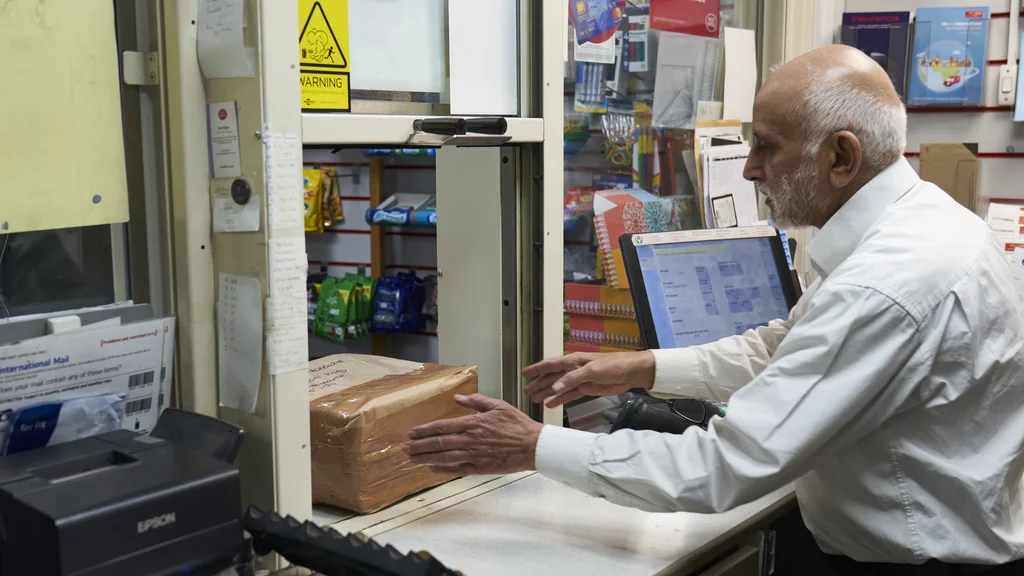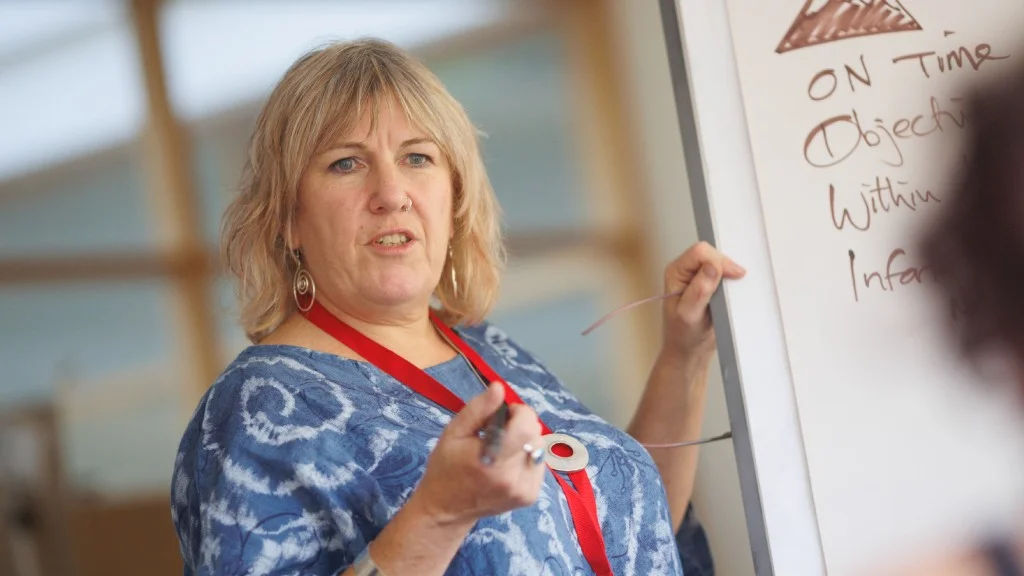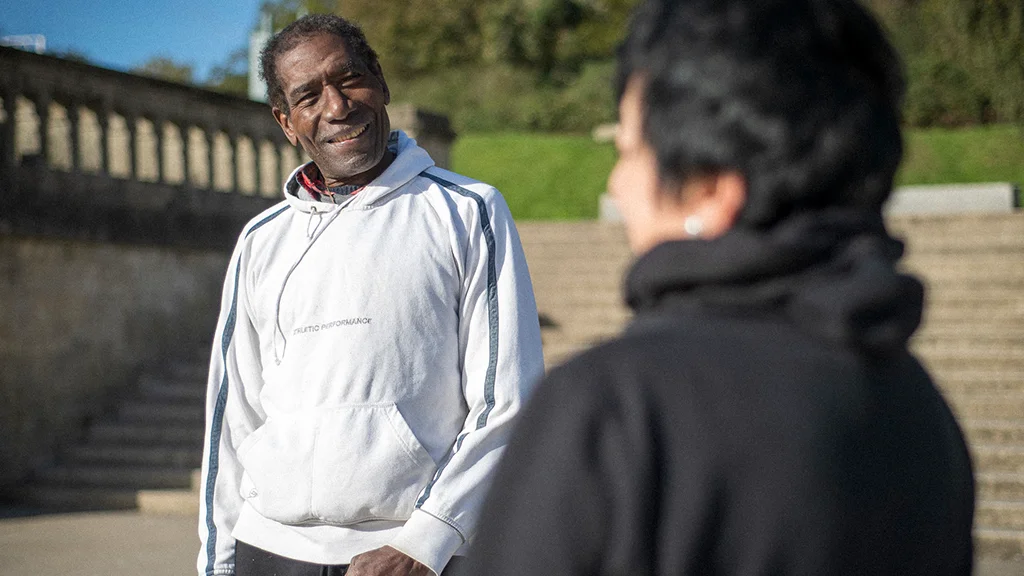If you're an employer looking to create a more age-friendly workplace culture and a multi-generational team, explore five tips for getting started below.
You can also sign the Age-friendly Employer Pledge - a nationwide programme for employers who recognise the value of older workers. Becoming an Age-friendly Employer is a journey. By signing the pledge, you are not committing to changing your whole organisation overnight. You are committing to take one action – big or small – every year, to improve the recruitment and retention of older workers.
The first thing to do is to identify what challenges you face as an employer. Collecting data about the age of your workforce will help you to understand this.
Are older applicants less likely to be offered an interview? Are you providing opportunities for development for people of all ages? What is the average age of exit for your employees?
Do your job ads appeal to everyone? Are you using terms like ‘recent graduate’? Does your diversity statement include age-inclusivity?
These questions will get the ball rolling. More than a third of older workers feel their age would work against them in getting a new job. We need to change this.
Research shows that making job adverts accessible to older workers does not deter younger ones. By reducing age bias from the first stage of our interaction with potential employees, we lay the foundations for creating an age-friendly environment. To learn more about reducing age bias, see our GROW tools.
Many of us have time-consuming responsibilities outside of work. This includes caring responsibilities and needing to manage our health. Older people are disproportionately affected by these issues. Flexibility is the most important thing you can do to support older workers.
If a job can be done flexibly, it can be done by anyone.
Everyone deserves to feel valued by their employer. Too often, conversations about career development are limited to younger workers. People over 55 are the least likely to receive workplace training with more than a third missing out in the last decade. However, as more of us work into our 50s, 60s and even 70s, conversations should be had throughout a person’s career.
The mid-life MOT is a chance for you to talk to your employees in their 40s, 50s and beyond about their future.
A CIPD survey found that around one in six women have considered leaving work due to a lack of support for menopause symptoms, with more than one in twenty leaving work due to the menopause.
This issue is rarely discussed and has pushed too many women out of work. By providing training to everyone about the effects of the menopause, you are directly helping menopausal women stay in work.



